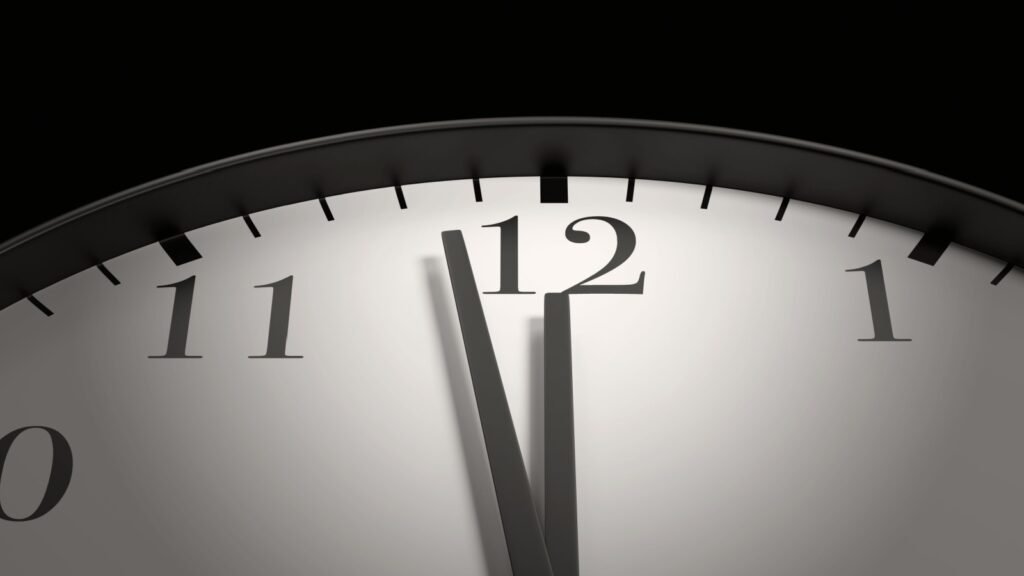When we think about the future, it’s normal to hope for the best. However, it’s also smart to prepare for the worst, especially when it comes to natural disasters. Whether it’s a storm, an earthquake, or something else, being ready can make all the difference. Here’s a list of 15 signs that it might be time to start prepping for serious disasters. Each sign is a hint from our planet that we should pay attention to, to keep ourselves and our loved ones safe.

1. Frequent Power Outages
If your area starts experiencing more power outages than usual, it’s a sign to prepare. Power outages can be caused by severe weather conditions like storms or heat waves. Having a generator and solar chargers can help keep your lights on and your fridge running.
2. Increasing Storm Warnings
When the weather channel starts issuing more warnings about storms, it’s wise to take notice. This could mean hurricanes, tornadoes, or blizzards are becoming more common. Stocking up on supplies like water, canned food, and batteries is a good idea.
3. News of Nearby Wildfires
If wildfires are mentioned in the news more often, especially close to your area, consider this a serious alert. Wildfires can spread quickly and force evacuations. Preparing a “go-bag” with essentials like documents, medicines, and emergency supplies is crucial.
4. Changes in Local Climate
Noticeable changes in your local climate, such as unexpected temperature shifts or unusual seasonal patterns, can be a signal. These changes might lead to more severe weather events. Keep an emergency kit handy and update it regularly.
5. Earthquake Activity
If you live in an earthquake-prone area and there’s an increase in seismic activity, don’t ignore it. Securing heavy furniture and having a well-stocked emergency kit can protect you and your home.
6. Government Alerts
When local or national governments start sending out more alerts about preparing for disasters, they’re not just being cautious. These alerts are based on data and predictions that things might get rough. Listen to these warnings seriously.
7. Community Drills
If your community is holding more drills for disasters like earthquakes or tornadoes, it’s a hint that the risk is increasing. Participating in these drills can teach you valuable survival skills.
8. Reports of Flooding
More frequent reports of flooding in your area are a red flag. Flooding can damage homes and cut off roads. Knowing the safest evacuation routes and having a portable radio can keep you informed during emergencies.
9. Advice from First Responders
Pay attention when first responders in your area offer advice on preparing for disasters. They deal with emergencies firsthand and know what supplies and skills are most important to have.
10. Increase in Insurance Premiums
If your home insurance premiums go up because of increased risks like floods or earthquakes, it’s a clear sign that you need to start prepping. Insurers have data that show risks are growing in your area.
11. Unusual Animal Behavior
Animals can often sense changes in the environment before humans do. If local wildlife starts acting strangely or migrating at odd times, it could indicate an impending disaster. This is a good time to review your preparedness plans.
12. Expert Warnings
When scientists and disaster experts warn about an increase in disaster risks, whether global or local, take it seriously. These professionals understand the patterns that precede major events.
13. Construction of New Safety Features
If you see your city building new safety features like flood barriers or reinforced shelters, it’s because there’s a reason to worry about future disasters. These are proactive steps to protect the community.
14. Difficulty Finding Emergency Supplies
If it suddenly becomes hard to find emergency supplies like bottled water, batteries, or first aid kits in stores, it’s a sign that many people are preparing for something big. Don’t wait until supplies run low; stock up early.
15. A Gut Feeling
Sometimes, you might just feel that something’s not right. Trusting your instincts and starting to prepare can make a big difference in safety. After all, it’s better to be safe than sorry.
16. Decline in Local Infrastructure
If you notice that local infrastructure like bridges, roads, or public buildings is deteriorating and not being repaired promptly, this can be a warning sign. Poor infrastructure can exacerbate the effects of disasters, making it harder to evacuate or receive aid.
17. Increase in Local Disease Outbreaks
A sudden increase in disease outbreaks, especially those that can be spread by water or insects, might indicate worsening sanitary conditions or changes in the local environment. This could be compounded by natural disasters, so having a plan for maintaining hygiene and health is essential.
18. Changes in Water Quality or Availability
If your water supply starts showing signs of inconsistency or contamination, it could be due to environmental changes or infrastructural damage. This might foreshadow bigger issues, so stocking up on bottled water and having water purification methods ready is a wise move.
19. Overpopulation
Rapid increases in local population can strain resources like water, food, and emergency services, making it more difficult to manage a crisis. If your area is experiencing significant growth, consider how this could impact your preparedness plans.
20. Increased Reliance on Digital Communication
As society becomes more dependent on digital communications, any disruption can become a serious crisis. If you notice more frequent network outages or if cyber threats are on the rise, prepare for scenarios where you might be cut off from digital communication for extended periods.
